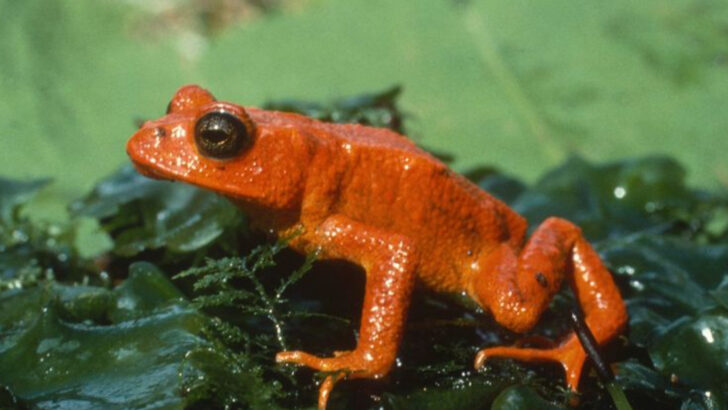We didn’t just lose them—we erased them.
Some of Earth’s most extraordinary creatures are gone forever, and it wasn’t time or nature that took them. It was us. With rifles, bulldozers, greed, and ignorance, we’ve written extinction stories no one can ever rewrite.
From sky-darkening flocks to thunderous beasts that once ruled wild lands, these animals vanished in the blink of an evolutionary eye.
They’re not myths. They’re not ancient fossils.
They lived alongside us—and now they never will again.
Dodo
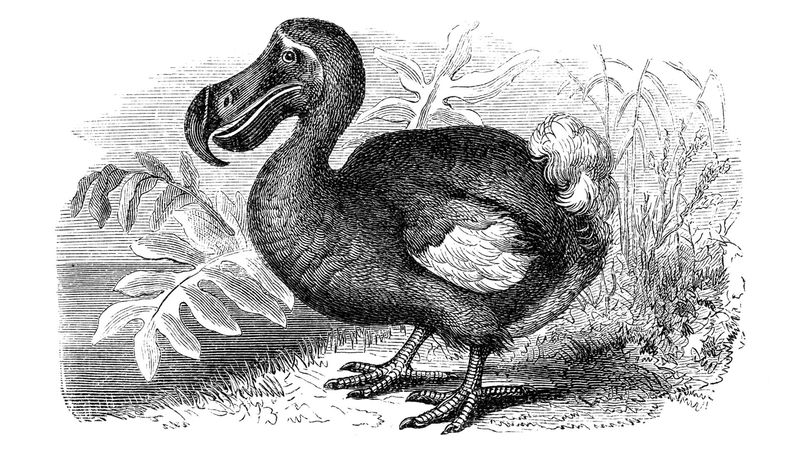
The dodo, a unique bird native to Mauritius, was a symbol of naivety in nature. Without natural predators, it roamed freely on its island paradise. This flightless bird, standing over three feet tall, had a bulky body and a large hooked beak. Its trusting nature proved to be its downfall.
Introduced predators like rats and cats, alongside human hunting, led to its swift demise. By the late 17th century, the dodo was extinct. Its story serves as a cautionary tale of the irreversible consequences human actions can have on vulnerable species.
Passenger Pigeon
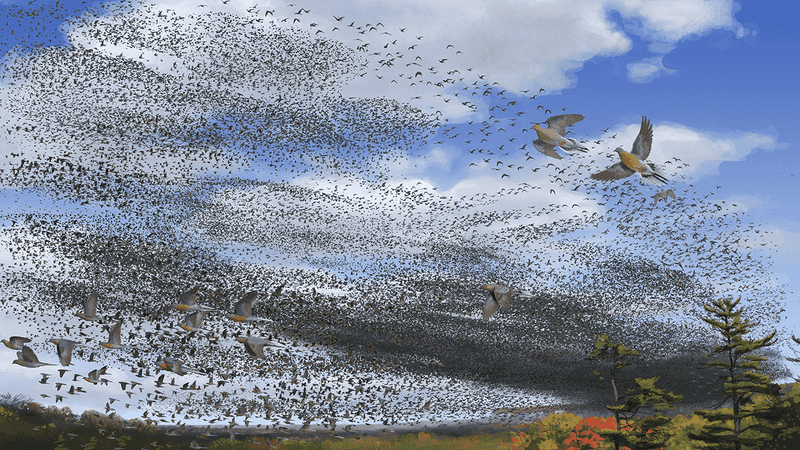
Once numbering in the billions, the passenger pigeon was a marvel of nature. These birds migrated in massive flocks that darkened the skies. Their iridescent feathers shimmered under the sun, creating a breathtaking spectacle.
Unfortunately, unregulated hunting and habitat destruction led to their decline. The last known passenger pigeon, named Martha, died in captivity in 1914. This tragic end highlights the impact of human exploitation and the importance of conserving wildlife for future generations.
Tasmanian Tiger
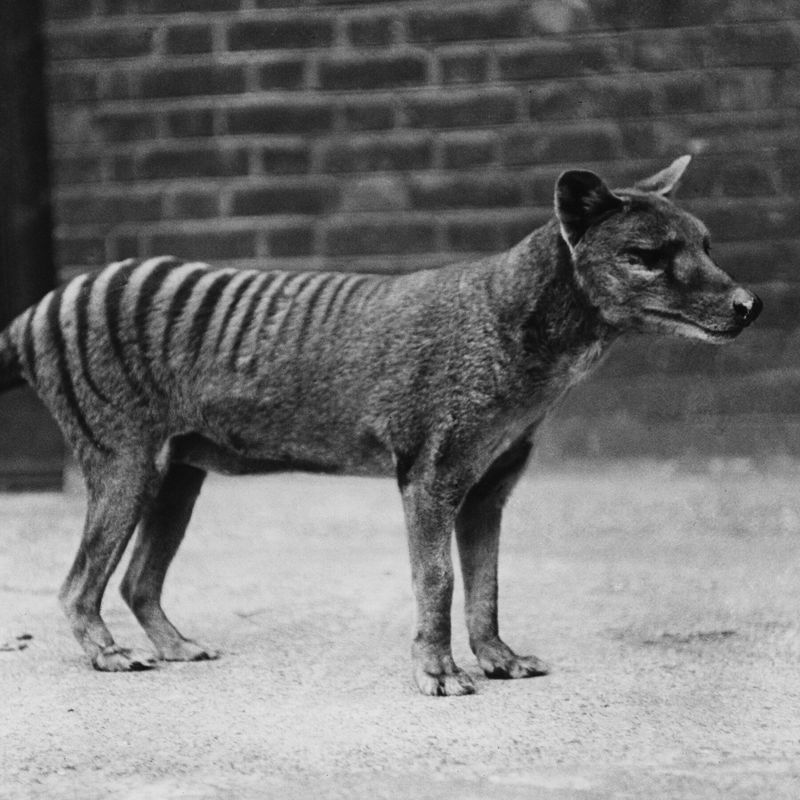
The Tasmanian tiger, or thylacine, was a fascinating carnivorous marsupial native to Tasmania. With its dog-like head and tiger-like stripes, it was a unique predator. Unfortunately, it was deemed a threat to livestock and was hunted to extinction.
Bounties encouraged widespread killing, and the last known thylacine died in captivity in 1936. This extinction serves as a reminder of the dangers of misunderstanding and fear driving species to oblivion.
Great Auk
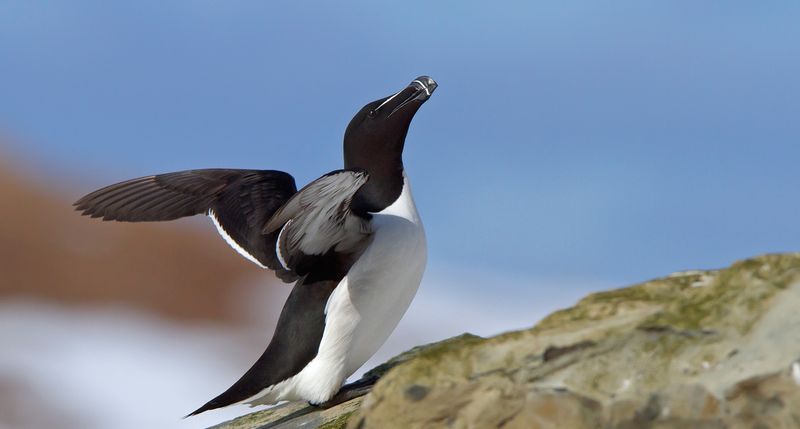
The great auk was a marvelous flightless bird that inhabited the North Atlantic. With its sleek black and white plumage, it was perfectly adapted to life in cold waters. Sadly, it was hunted for its feathers, meat, and oil.
By the mid-19th century, the great auk was extinct, with the last pair killed in 1844. This species’ extinction underscores the impact of overexploitation and the fragility of isolated populations.
Steller’s Sea Cow

Steller’s sea cow was a gentle giant of the North Pacific. This massive marine mammal, closely related to the manatee, thrived in cold waters. Sadly, it fell victim to overhunting by fur traders after its discovery in 1741.
Within 27 years, it was hunted to extinction. Its demise is a stark illustration of how quickly human greed can erase even the most resilient of species.
Caribbean Monk Seal
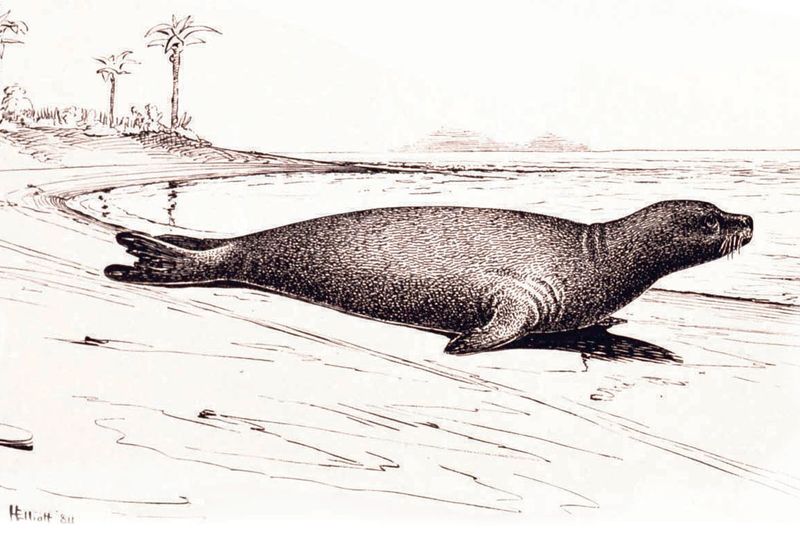
The Caribbean monk seal was a peaceful marine mammal inhabiting the warm waters of the Caribbean. With its sleek body and curious nature, it was a delightful sight for early explorers. Unfortunately, overhunting for oil and habitat disruption led to its extinction.
The last confirmed sighting was in 1952, marking the end of a species that once thrived in abundance. Its loss highlights the consequences of unsustainable exploitation.
Pyrenean Ibex
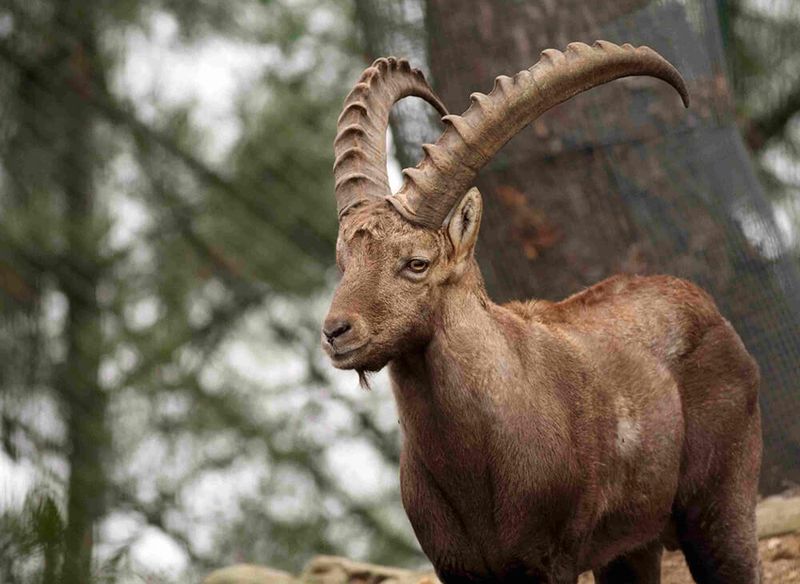
The Pyrenean ibex was a majestic wild goat species native to the Pyrenees Mountains. With its impressive curved horns and agile movements, it was a symbol of rugged beauty. Sadly, habitat loss and hunting pressures led to its extinction in 2000.
Despite attempts to clone it, the species remains lost. The story of the Pyrenean ibex serves as a lesson in the importance of protecting biodiversity before it’s too late.
Quagga
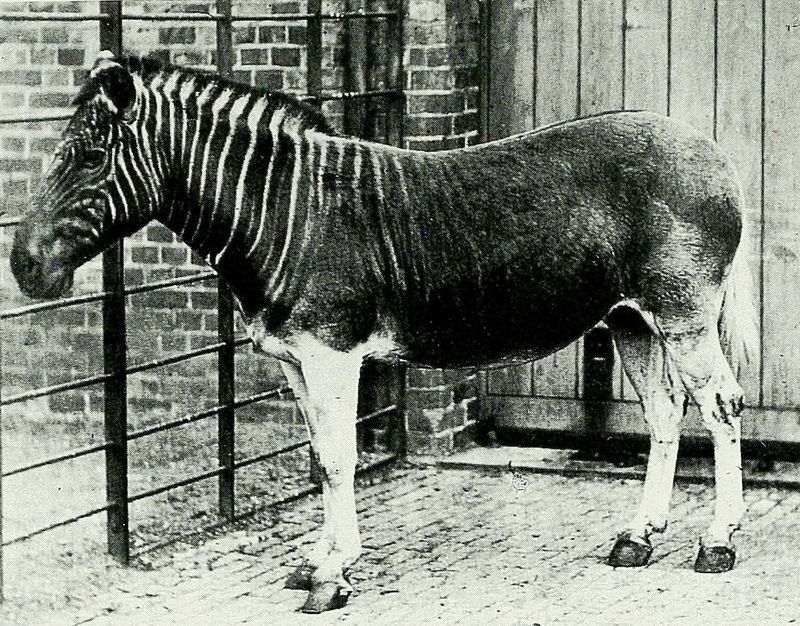
The quagga was a subspecies of the plains zebra with unique brown and white striping. Native to South Africa, it was a familiar sight on the veld. Unfortunately, it was hunted extensively for its hide and meat.
By 1883, the last quagga died in captivity. Its extinction is a poignant reminder of how human actions can lead to the loss of unique genetic diversity.
Baiji Dolphin

The Baiji dolphin, also known as the Yangtze River dolphin, was a gentle freshwater mammal native to China. With its long beak and pale grey skin, it glided through the waters of the Yangtze. Unfortunately, industrialization and pollution led to its decline.
Declared functionally extinct in 2007, the Baiji represents the devastating impact of modern development on wildlife.
Tecopa Pupfish
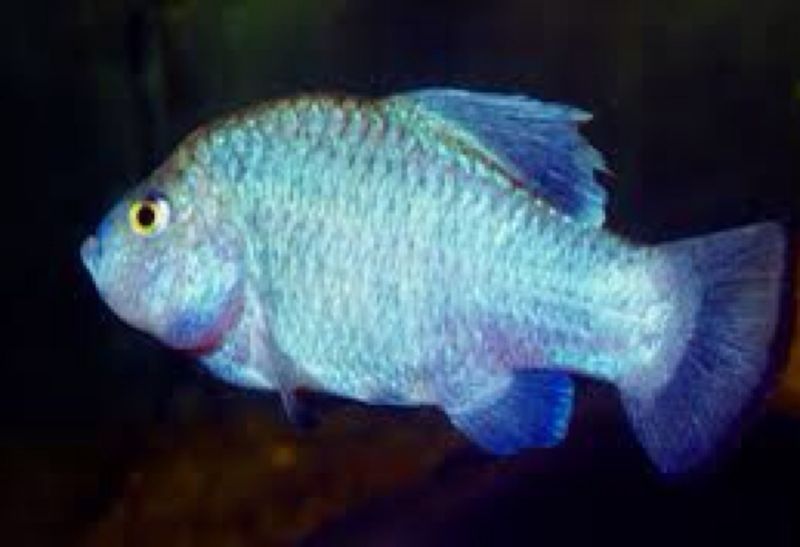
The Tecopa pupfish was a vibrant freshwater fish native to the hot springs of California’s Mojave Desert. With its iridescent scales, it was a marvel of adaptation. Sadly, habitat alteration and competition from introduced species led to its extinction.
The last sighting was in 1970. Its loss underscores the vulnerability of specialized species to environmental changes.
Bubal Hartebeest
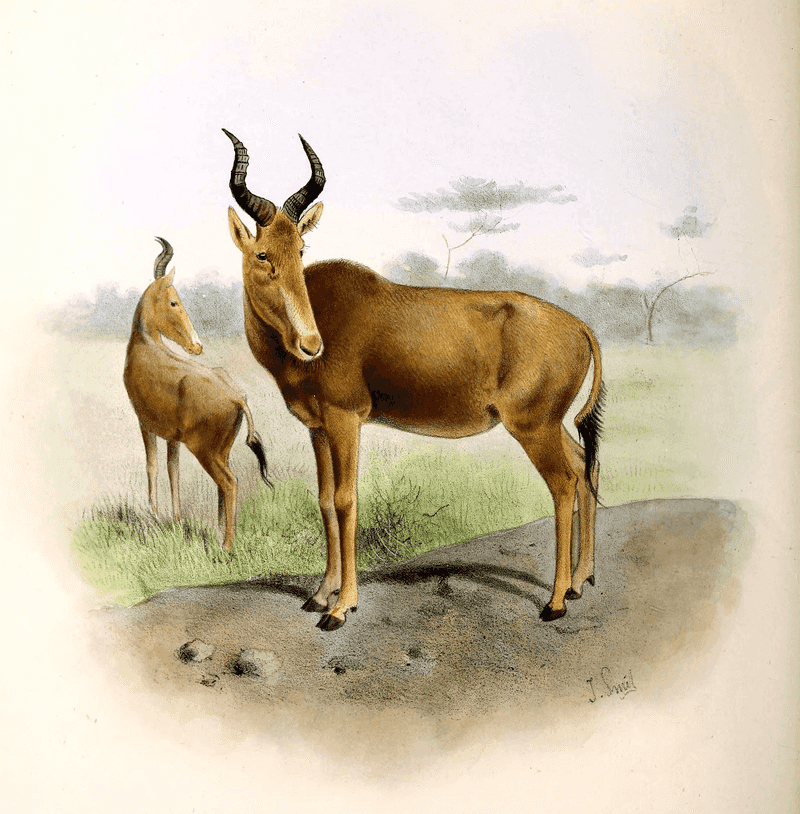
The Bubal hartebeest was a striking antelope species native to North Africa. With its reddish-gold coat and distinctive horns, it was a symbol of the savanna. Unfortunately, overhunting and habitat loss led to its extinction in the wild by the 1950s.
The Bubal hartebeest’s disappearance highlights the fragility of ecosystems in the face of human exploitation.
Pinta Island Tortoise
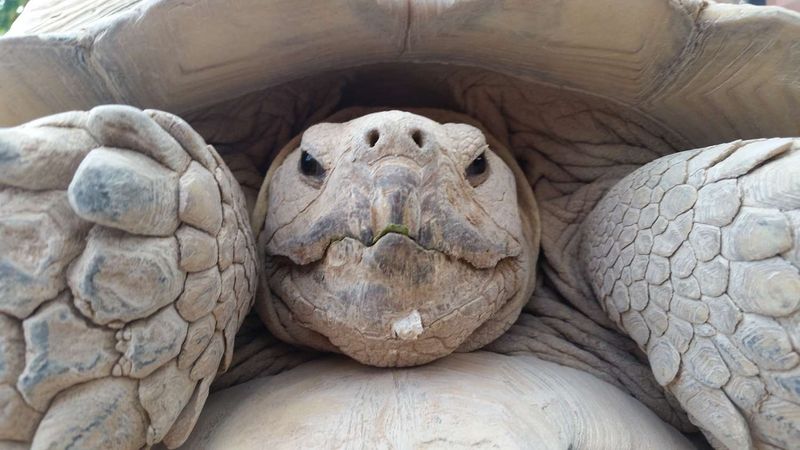
The Pinta Island tortoise, also known as Lonesome George, was the last of its kind. This giant tortoise was a gentle giant of the Galápagos Islands. With its massive shell and slow, deliberate movements, it was a testament to patience. Sadly, habitat destruction and introduced species led to its extinction.
Lonesome George died in 2012, marking the end of an era for the Galápagos.
Javan Tiger
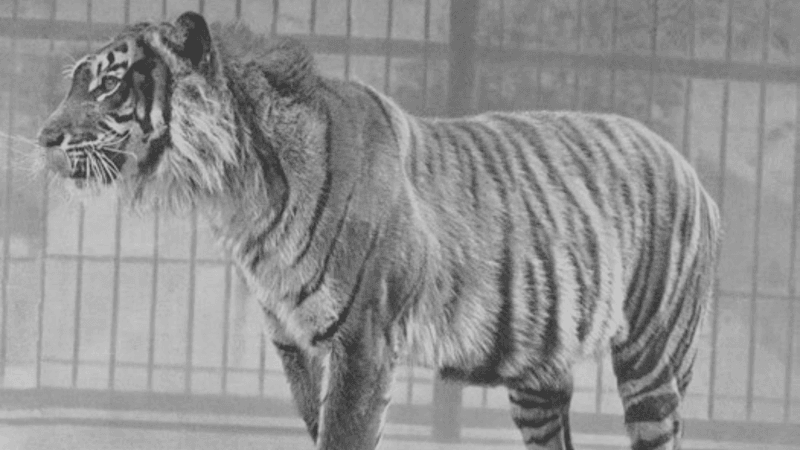
The Javan tiger was a majestic predator native to the island of Java. With its bold stripes and fierce demeanor, it ruled the dense jungles. Sadly, deforestation and hunting led to its decline.
The last confirmed sighting was in the 1970s. The Javan tiger’s extinction highlights the ongoing struggle between wildlife and human expansion.
Heath Hen
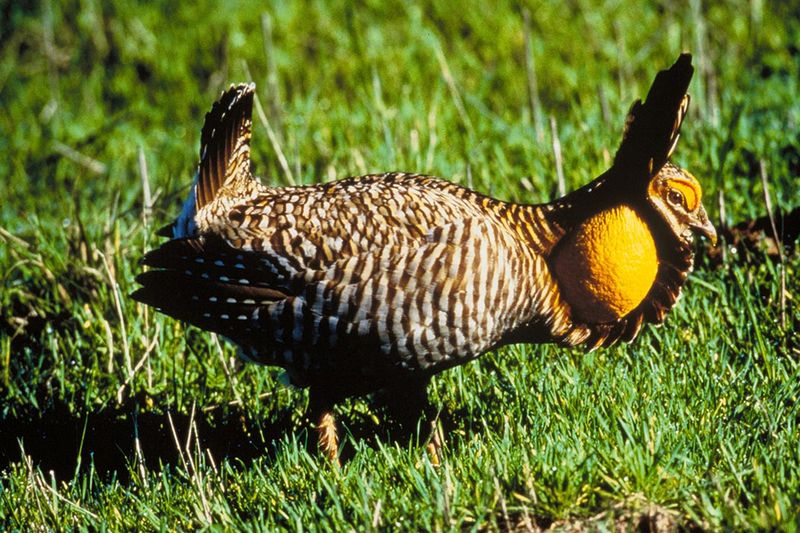
The heath hen was a plucky bird native to the grassy plains of New England. With its distinctive courtship dance and earthy plumage, it was a charming sight. Sadly, overhunting and habitat loss led to its extinction.
The last heath hen, named Boom, died in 1932. This little bird’s story is a reminder of how quickly we can lose what we take for granted.
Golden Toad
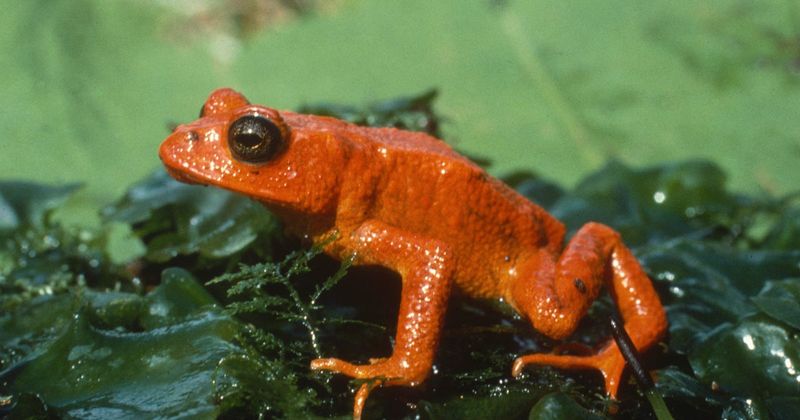
The golden toad was a small, brightly colored amphibian native to Costa Rica’s cloud forests. With its vivid orange skin, it was a striking presence in the lush foliage. Unfortunately, climate change and disease led to its rapid decline.
Declared extinct in 1989, the golden toad is a poignant example of how environmental changes can devastate even the most vibrant species.
Dutch Alcon Blue Butterfly
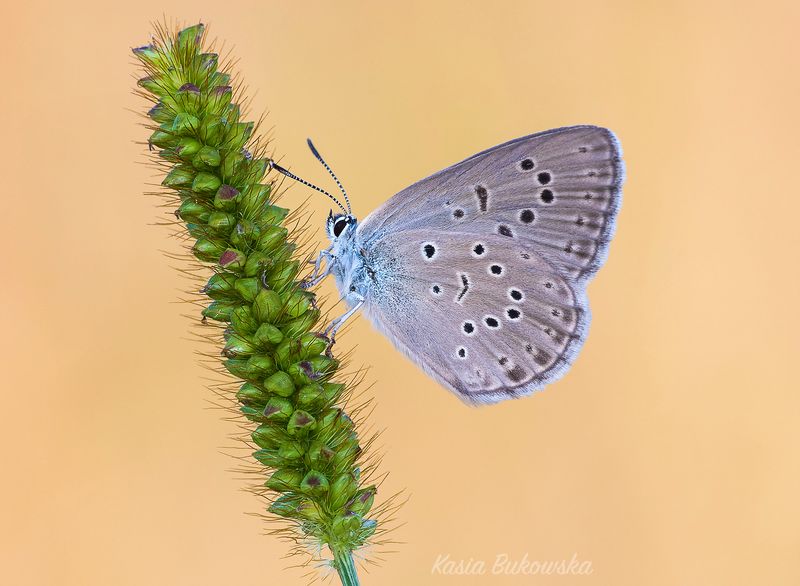
The Dutch Alcon blue butterfly was a delicate and captivating insect native to the Netherlands. With its shimmering blue wings and intricate patterns, it was a marvel of nature. Sadly, habitat loss and changes in land use led to its extinction.
The last known sighting was in the 1970s. This delicate creature’s disappearance highlights the importance of preserving natural habitats for future generations.

